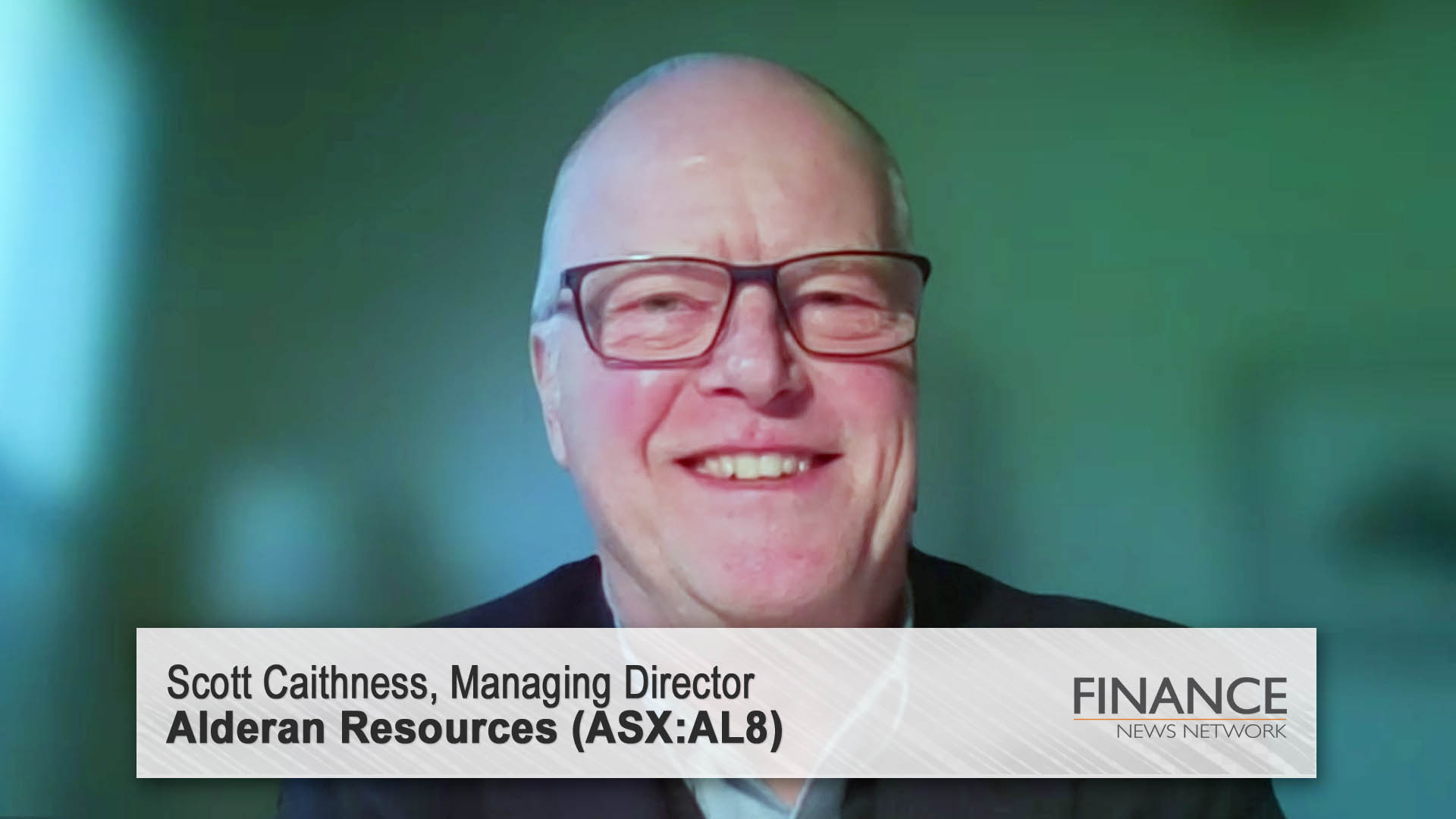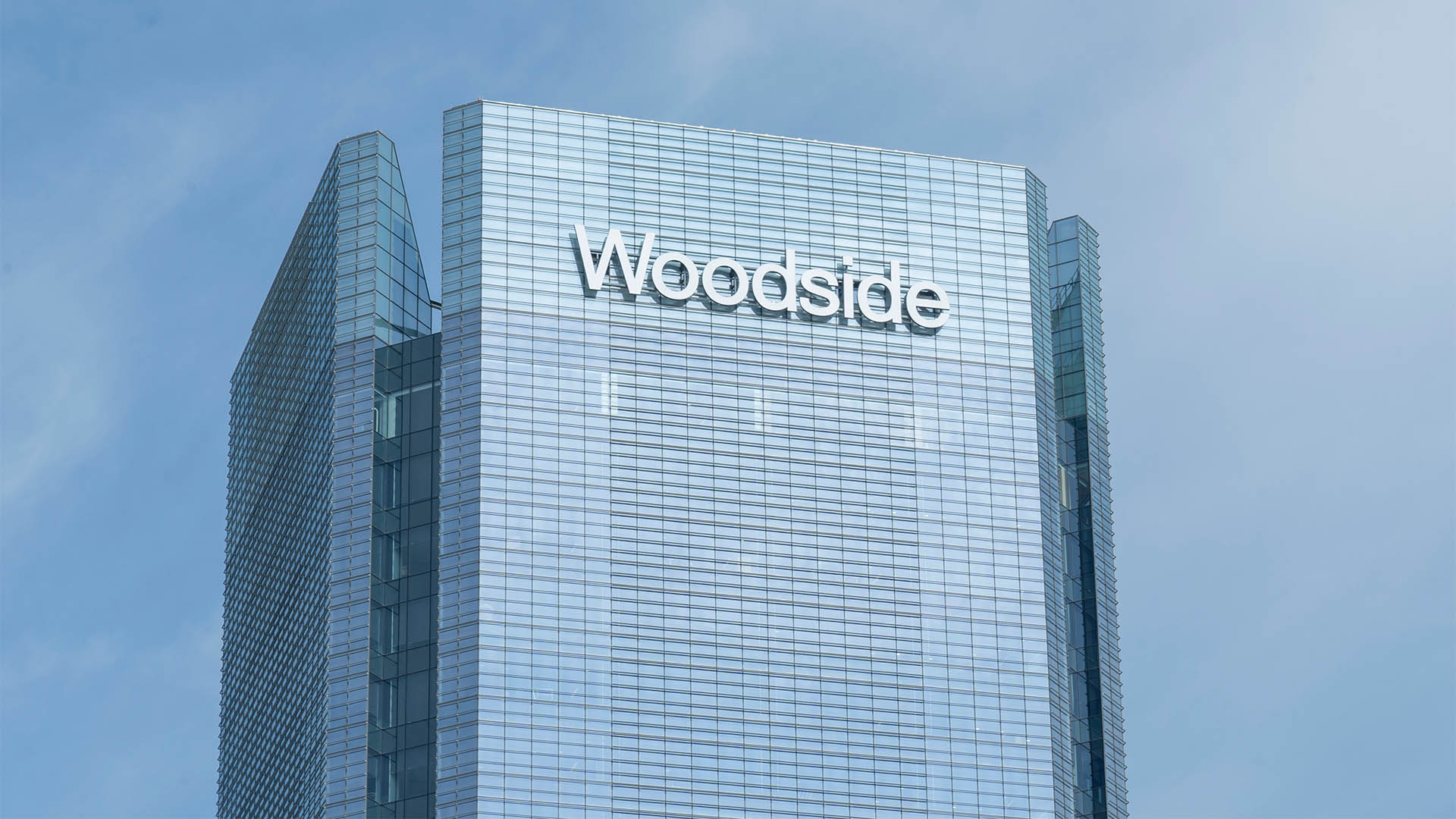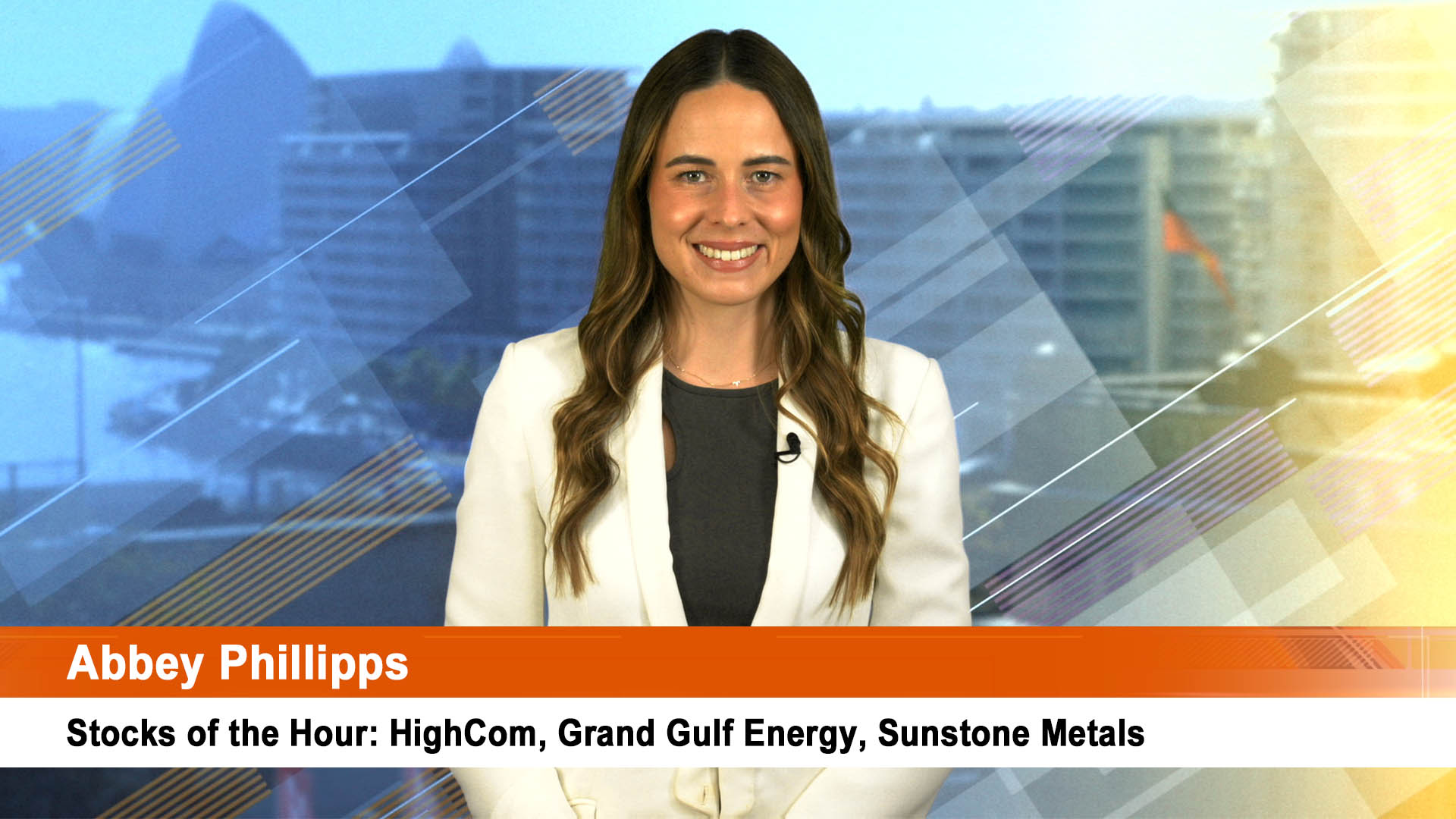No chance of an interest rate in Australia for a year or more judging by the way inflation sagged in the June quarter (as it did in New Zealand, the UK,US, Japan and Europe), making a mockery of all the headless chickens who have been jumping on the ‘rate rise looms’ story in the past month simply because the US Federal reserve is putting up rates and some analysts completely misread a comment from Mario Draghi, the head of the European Central Bank.
Headline inflation for the quarter was a below forecast (0.4%) reading of 0.2%, according to the Australian Bureau of Statistics or the 2016-17 financial year the outcome was a an annual 1.9%, down from 2.1% in the year to March.
Both of the Reserve Bank’s preferred inflation measures, the trimmed mean and the weighed median, came in at 1.8% (0.5% quarter on quarter) – all below the Reserve Bank’s 2% to 3% target “ ver time’ or ‘over the course of the cycle’.
The result was driven by falls in fuel and clothing; only health insurance premium rises showed strong positive growth, while the surge in vegetable prices resulting from Cyclone Debbie failed to have the dramatic impact that many feared as prices of many late summer fruits fell sharply. Fuel prices also fell in the quarter as global oil prices weakened and the Australian dollar rose.
Chief Economist for the ABS, Bruce Hockman, said in yesterday’s release: “Inflation in Australia remains low. Price falls for automotive fuel; and ongoing competition in the clothing and food retail markets has contributed to this quarter’s result. In addition, the ABS continues to closely monitor the impact of Cyclone Debbie on fruit and vegetable prices.
“While strong price rises were recorded for select fruit and vegetables such as tomatoes, beans, cucumbers, melons, berries and bananas in the June quarter 2017 – these rises were offset by falls in seasonally available fruits such as oranges, mandarins and apples.”
But Australia isn’t alone. The fall wasn’t as dramatic as we saw in NZ where the quarter on quarter result was no change and 0.1% after seasonal adjustment (and the annual rate is around 1.7%and well under the RBNZ’s target of 2%). Headline consumer saw no change in June (month on month) or 1.6% for the year – it has been falling now for five months and is well under the Fed’s target of 2%.
This will not surprise the Reserve Bank (for all the talk last week that its July board meeting discussion of a neutral real interest rate of 3.5% was a signal that rates are going to rise).
Governor Phil Lowe remarked yesterday in a speech in Sydney that inflation is currently low and "Our judgement has been that seeking a more rapid pick-up in inflation through yet further monetary stimulus was likely to add to the medium-term risks. Our central scenario remains for underlying inflation to pick up gradually as the economy strengthens.”
In a note yesterday afternoon, the AMP’s Chief Economist, Dr Shane Oliver said consumer price inflation had “fallen short of expectations again..(a)nd it remains soft. Underlying inflation as measured by an average of the “trimmed mean” and “weighted median” statistical series was up by 0.5% in the June quarter which was the same as market expectations and annual growth remains unchanged at 1.8%. Underlying price growth has been below the RBA’s 2-3% target band since 2014, which is one of the reasons the cash rate has been cut to a record low.”
“We think that below-trend growth and a soft inflation backdrop will keep the Reserve Bank on hold until the end of 2018 or even early 2019, when the improvement in the economy and a rebound in price growth will argue for a start towards the normalisation of interest rates,” Dr Oliver wrote.













